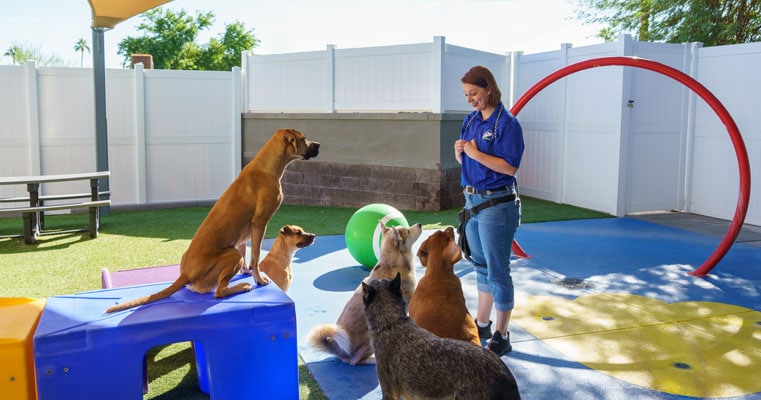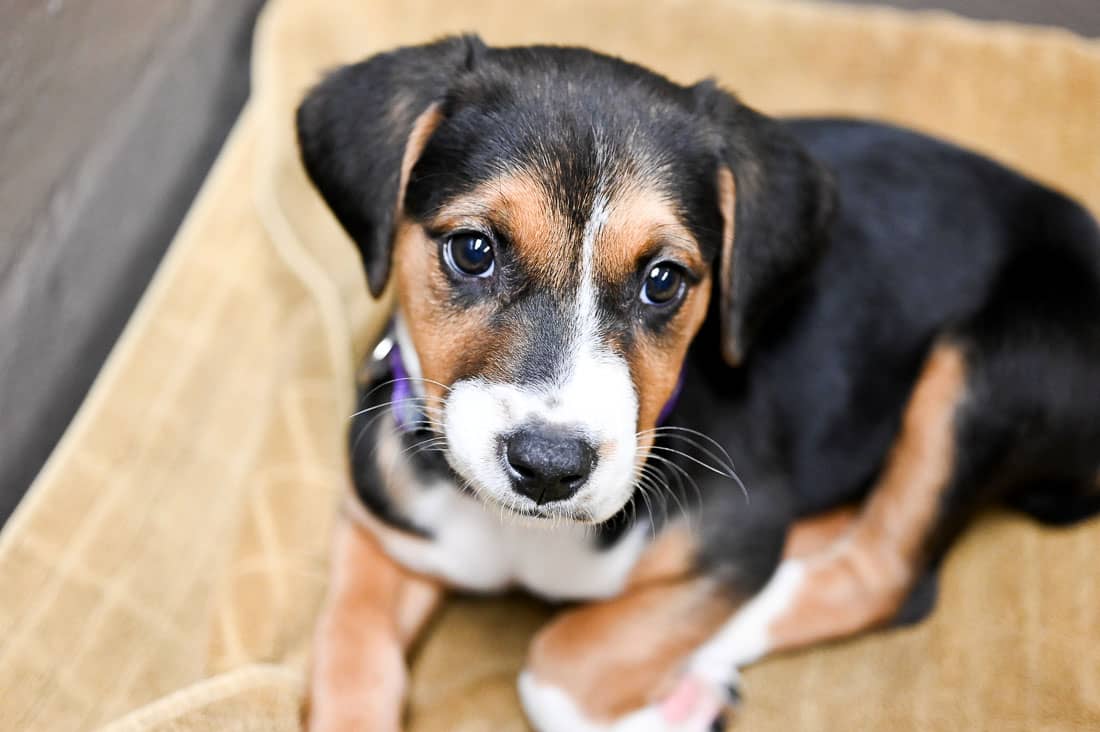Vital Strategies for Efficient Dog Training You Need to Know
Vital Strategies for Efficient Dog Training You Need to Know
Blog Article
Essential Tips for Successful Dog Training: A Guide for Animal Owners
Reliable pet dog training is a complex procedure that needs a strategic strategy customized to both the pet dog's character and the proprietor's goals. Recognizing exactly how to navigate these challenges can dramatically boost the training experience, inevitably transforming the relationship in between owner and canine.
Recognizing Canine Habits
Comprehending pet dog habits is necessary for efficient training and cultivating a harmonious connection in between canines and their owners. Dogs connect mainly via body language, vocalizations, and actions, making it critical for owners to translate these signals precisely. Recognizing a pet dog's stance, tail placement, and ear alignment can give understandings into its mood. A wagging tail does not constantly indicate joy; it can likewise indicate exhilaration or anxiety.

Socialization plays a substantial duty in pet habits; exposure to various settings, people, and various other animals can considerably impact a pet dog's personality. Aspects such as type qualities and specific personality should assist training methods, as some types might have particular behavioral qualities that require tailored methods. By comprehending these elements, proprietors can produce a supportive setting that motivates favorable habits, resulting in successful training end results and a much deeper bond with their family pets.
Establishing Constant Commands
Reliable interaction with your dog begins with establishing constant commands. This fundamental element of training is important for fostering understanding in between you and your pet dog. Consistency in the commands you utilize makes sure that your pet can reliably connect details words or expressions with the preferred actions.
When selecting commands, pick clear, distinctive words that are very easy to differentiate and say from one another. Stay clear of making use of similar-sounding commands that might puzzle your dog. As an example, utilizing "sit" and "stay" is proper, however "sit" and "hit" might bring about misunderstandings.
Furthermore, preserve the very same tone and quantity for each command. Canines are delicate to singing signs, so differing your tone can create confusion.
It is equally crucial to make certain that all family members get on the exact same web page relating to the commands utilized. A united front in command use will protect against combined signals and strengthen the knowing procedure.
Favorable Reinforcement Strategies
The power of favorable support in dog training depends on its ability to motivate desired behaviors via rewards and praise. This technique is grounded in the concept that behaviors complied with by beneficial results are a lot more most likely to be repeated. By including favorable reinforcement into your training regimen, you can properly shape your pet's actions in a useful fashion.
To apply positive support, it's important to recognize what encourages your pet, whether it be deals with, playthings, or verbal appreciation. When your dog does a wanted action, such as remaining on command, instantly compensate them with a reward or affection. This organization in between the command and the positive result reinforces their understanding.
It's critical to timing the rewards appropriately; delivering the reinforcement within seconds of the preferred behavior helps your dog make the connection (dog training). Additionally, consistency is key-- make sure that all family members use the same commands and incentive systems to stay clear of complication

Gradually, you can lower the frequency of treats as your dog discovers the habits, transitioning to applaud or recurring try this site rewards. This approach not only fosters a strong bond between you and your dog yet also advertises a positive learning setting, making training an enjoyable experience for both.
Socialization and Communication
Regularly revealing your pet dog to a variety of settings, people, and various other animals is critical for their social advancement. Socializing ought to start early, ideally throughout the essential window of 3 to 14 weeks, when pups are most responsive to new experiences. Older pet dogs can likewise profit from recurring socializing initiatives.
Present your pet to different setups, such as parks, pet-friendly shops, and urban locations. This direct exposure assists them adapt to various stimulations, reducing stress and anxiety and anxiety feedbacks. Motivate favorable interactions with other pet dogs and individuals, ensuring that these experiences are regulated and risk-free to foster confidence.
Utilize structured playdates with well-mannered dogs, as this can improve your pet's social abilities and educate them appropriate actions. Obedience courses and training sessions likewise offer superb possibilities for socializing, permitting your dog to connect with others in a supervised atmosphere.
Screen your dog's body language during interactions, as this will help you gauge their convenience level. Gradually enhance exposure to more challenging situations while guaranteeing that each experience is positive. A well-socialized pet dog is more probable to display well balanced behavior, making them a delight to have in any setting.
Resolving Usual Training Obstacles
Every dog owner will certainly encounter training difficulties at some time, no matter their pet's age or socialization degree. Determining common problems such as stubbornness, interruptions, and fearfulness can aid in developing reliable techniques for improvement.

Interruptions throughout training sessions can hinder focus. To combat this, start training in a quiet environment with very little stimulations. Progressively introduce distractions as the dog ends up being much more proficient in commands. Short, regular training sessions are additionally efficient in maintaining attention.
Terror can impede a pet's discovering procedure. Steady desensitization to the resource of anxiety, matched with favorable support, can assist minimize stress and anxiety. Persistence is essential; never force a canine right into a situation that creates distress, as this might intensify the issue.
Ultimately, understanding and dealing with these usual challenges with an organized technique will certainly cultivate an extra effective training experience, reinforcing the bond between dog and owner while promoting reliable learning.
Final Thought
In summary, successful canine training depends on a thorough understanding of canine behavior, the establishment of consistent commands, and the application of positive reinforcement techniques. Socialization plays a vital duty in creating well-adjusted animals, while dealing with common training challenges requires patience and flexibility. By executing these vital approaches, family pet owners can foster a strong bond with their pet dogs and promote desirable habits, ultimately resulting in an unified relationship in between people and their canine buddies.
Recognizing canine behavior is important for reliable training and promoting a harmonious relationship between pooches and their my company owners.Socialization plays a considerable role in dog behavior; exposure to various settings, people, and various other animals can significantly impact a dog's character.The power of positive reinforcement in canine training lies in its capability to urge preferred habits through rewards and praise. By including positive support right into your training regimen, you can effectively shape your canine's actions in a constructive manner.
In recap, successful canine training depends on an extensive understanding of canine habits, the facility of consistent commands, and the application of positive support methods.
Report this page